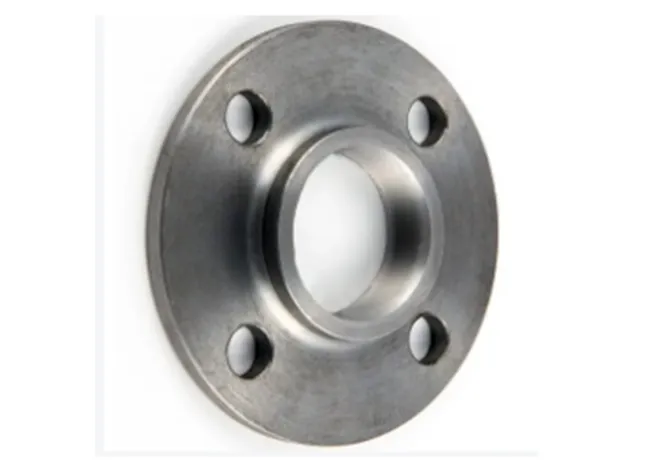-
Cangzhou Yulong Steel Co., Ltd.
-
Phone:
+86 13303177267 -
Email:
admin@ylsteelfittings.com
- English
- Arabic
- Italian
- Spanish
- Portuguese
- German
- kazakh
- Persian
- Greek
- French
- Russian
- Polish
- Thai
- Indonesian
- Vietnamese
- Zulu
- Korean
- Uzbek
- Hindi
- Serbian
- Malay
- Ukrainian
- Gujarati
- Haitian Creole
- hausa
- hawaiian
- Hebrew
- Miao
- Hungarian
- Icelandic
- igbo
- irish
- Japanese
- Javanese
- Kannada
- Khmer
- Rwandese
- Afrikaans
- Albanian
- Amharic
- Armenian
- Azerbaijani
- Basque
- Belarusian
- Bengali
- Bosnian
- Bulgarian
- Catalan
- Cebuano
- China
- China (Taiwan)
- Corsican
- Croatian
- Czech
- Danish
- Esperanto
- Estonian
- Finnish
- Frisian
- Galician
- Georgian
- Kurdish
- Kyrgyz
- Lao
- Latin
- Latvian
- Lithuanian
- Luxembourgish
- Macedonian
- Malgashi
- Malayalam
- Maltese
- Maori
- Marathi
- Mongolian
- Myanmar
- Nepali
- Norwegian
- Norwegian
- Occitan
- Pashto
- Dutch
- Punjabi
- Romanian
- Samoan
- Scottish Gaelic
- Sesotho
- Shona
- Sindhi
- Sinhala
- Slovak
- Slovenian
- Somali
- Sundanese
- Swahili
- Swedish
- Tagalog
- Tajik
- Tamil
- Tatar
- Telugu
- Turkish
- Turkmen
- Urdu
- Uighur
- Welsh
- Bantu
- Yiddish
- Yoruba

Nov . 13, 2024 01:03 Back to list
concentric reducer
Understanding the Concentric Reducer A Key Component in Piping Systems
In various industries, efficient fluid movement is crucial for operational success, making the right selection of piping components essential. Among these components, the concentric reducer stands out as a vital fitting that facilitates the smooth transition between pipes of different diameters. This article explores the characteristics, applications, advantages, and installation considerations of concentric reducers, illustrating their importance in modern piping systems.
What is a Concentric Reducer?
A concentric reducer is a type of pipe fitting used to connect two pipes of differing diameters. It is characterized by a cylindrical design where both ends are aligned along a single axis, forming a cone-like shape that gradually transitions from a larger pipe diameter to a smaller one. This design allows for a streamlined flow of fluids, minimizing turbulence and reducing the chances of pressure loss in the system.
Unlike eccentric reducers, where the centerlines of the two ends are offset, concentric reducers maintain symmetry and are typically used in horizontal piping systems. Their design is ideal for applications where the flow direction does not vary significantly, and a smooth transition is necessary.
Applications of Concentric Reducers
Concentric reducers find applications in a wide range of industries, including
1. Oil and Gas In the oil and gas sector, concentric reducers are integral in drilling operations, oil transportation, and refining processes. They ensure that fluids can flow efficiently through pipelines, maintaining the required pressure and minimizing the risk of leaks.
2. Water and Wastewater Management In municipal water supply systems and wastewater treatment facilities, concentric reducers are used to connect different pipe sizes, facilitating the movement of water and waste while preventing blockages and build-up.
3. HVAC Systems Heating, ventilation, and air conditioning (HVAC) systems often utilize concentric reducers to manage air flow between ducts of varying sizes. Ensuring a smooth transition between duct sizes is fundamental for efficient airflow and energy conservation.
Advantages of Using Concentric Reducers
The benefits of incorporating concentric reducers into piping systems are numerous
concentric reducer

- Reduced Pressure Loss The smooth transition provided by concentric reducers helps to maintain fluid velocity and pressure throughout the pipeline, leading to efficient transport and lower energy costs.
- Versatility Available in various materials such as stainless steel, carbon steel, and plastic, concentric reducers can be utilized in diverse environments, from corrosive industrial settings to more controlled applications like HVAC.
- Simpler Installation The symmetrical design of concentric reducers makes installation straightforward, reducing labor costs and the time required for setup.
- Durability High-quality concentric reducers are designed to withstand high pressures and temperatures, making them suitable for demanding applications.
Installation Considerations
Proper installation of concentric reducers is critical for performance. Following best practices ensures that the fitting functions efficiently and prolongs the lifespan of the piping system. Here are some key considerations
- Alignment Ensure that both ends of the reducer are properly aligned with the incoming and outgoing pipes to prevent stress and potential damage.
- Support Adequate support is important for the entire pipeline, especially when integrating fittings like concentric reducers. This helps maintain the integrity of the system.
- Sealing Use appropriate sealing methods, such as gaskets or sealants, to prevent leaks at the joints.
- Regular Maintenance Periodic inspections should be conducted to check for wear, corrosion, or any signs of leakage, ensuring that any potential issues are addressed promptly.
Conclusion
In conclusion, concentric reducers play a pivotal role in various piping applications, enabling efficient fluid transport while reducing pressure losses and improving system performance. Their design, versatility, and cost-effectiveness make them a popular choice in many industrial sectors. As industries continue to evolve, the importance of reliable and efficient piping components like concentric reducers cannot be overstated; they are essential for meeting the demands of modern fluid transport systems. Understanding their functionality and benefits assures industries can optimize their operations and maintain the highest standards of safety and efficiency.
Latest news
-
ANSI 150P SS304 SO FLANGE
NewsFeb.14,2025
-
ASTM A333GR6 STEEL PIPE
NewsJan.20,2025
-
ANSI B16.5 WELDING NECK FLANGE
NewsJan.15,2026
-
ANSI B16.5 SLIP-ON FLANGE
NewsApr.19,2024
-
DIN86044 PLATE FLANGE
NewsApr.19,2024
-
DIN2527 BLIND FLANGE
NewsApr.12,2024
-
JIS B2311 Butt-Welding Fittings LR/SR 45°/90° /180°Seamless/Weld
NewsApr.23,2024
-
DIN2605-2617 Butt-Welding Fittings LR/SR 45°/90°/180° Seamless/Weld
NewsApr.23,2024











